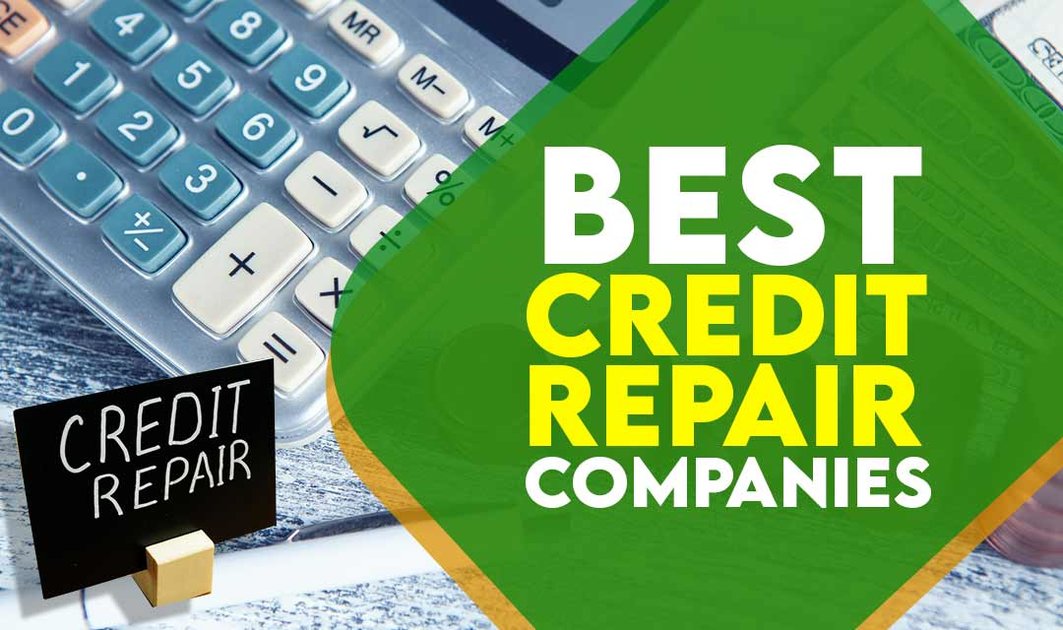Students Loan Payment Return
How To Get A Refund Of Your Student Loan Payments

Student loans are designed to help you cover tuition fees, such as tuition, fees and on-campus housing. When your school confirms the loan amount applied for and your student loan funds are disbursed, they usually go straight to the school, which applies it to your account. But if your debt is greater than your current account balance (to include things like books, transportation, etc.) and there is money left, chances are your school will issue you this amount, or Will be credited as a check or directly to your account. This is commonly called “student loan repayment”.
What can a student loan repayment be used for?
The money you receive as a student loan repayment covers the costs associated with attending college, not tuition, fees, and on-campus accommodation. It includes textbooks, of course, but off-campus accommodation, groceries for meals that are not included in the meal plan, transportation (including trips to and from school), technology like a new laptop, printing. Fees, and more.
Of course, some students will want to use the cash for clothing, take-out or restaurant meals, and even a spring break trip. Fight the temptation! This is a misuse of your debt. In addition, you will need to pay interest on the funds, which will make any splurge more expensive in the long run.

What to do with a refund?
Once your refund is posted to your bank account, it is important to know how you use it. Here are some options:
Add to your emergency fund.
As the CoVID-19 epidemic has shown, millions of Americans do not have emergency funds to cover the necessary expenses if they lose their jobs.
If you have less than six months’ worth of savings, add the refund to your rainy day fund. This amount should only be used for surprises such as a surprise ER trip or travel expenses for a funeral.
It is a good idea to keep the emergency fund in a high yielding savings account, which pays more interest than a traditional savings account.
Pay past dues.
If you allow some bills to run out while you are unemployed, use it to catch a refund. Call providers and ask them to reduce or eliminate late fees or other additional charges.
When you are on the phone, ask them if there is a discount plan that can be applied to you. Many energy companies and internet providers offer more affordable options for low-income consumers. You may need to provide proof of pay or unemployment to be eligible, but you can save hundreds by signing up.
Eliminate high interest rates.
If you already have a fully stocked emergency fund, the next best option is to use your refund to pay off high interest loans such as credit cards, payday loans and title loans. Generally, if the interest rate is in double digits, you should pay it quickly.
If you have multiple high-interest loans or credit cards, write down the total balance, interest rate, and monthly payments. Arrange loans or credit cards according to the balance and gross interest rate.
There are two very effective strategies you can use to apply for a refund: Debt Snowball Method and Debt Avalanche Method.
Debt Snowball’s method involves first paying the lowest balance. Once you have paid the smallest balance, you can add this monthly payment to the next smallest balance. With the avalanche method, you prefer the highest interest rate loans first.
A 2016 study published in the Harvard Business Review found that borrowers who use the snowball method pay off their debts faster than those who use the avalanche method. The idea is that paying off individual debts faster helps borrowers stay motivated to move forward.
If incentives aren’t a problem, debt consolidation may be better because you’ll save more on interest. Choose the method that appeals to you and put your money back on the loan.
Pay for necessary repairs.
If you have delayed oil replacement or plumbing repairs due to your financial situation, use a refund to cover these costs. The longer you wait for your car or home to be repaired, the more expensive it will be to repair.
Pay for healthcare.
If you miss seeing a doctor during an epidemic and you have a chronic problem, make a refund to cover your healthcare costs. You may even get a tax break if you deposit money into your Health Savings Account (HSA) first.
Only users with a High Discount Health Plan (HDHP) can open HSA, so double check what coverage you have before opening it.
HSA contributions are tax deductible and can be used for doctor’s visits, lab work, imaging services, surgery, prescriptions, etc. The CARES Act has increased HSA eligibility, so you can now purchase menstrual products and over-the-counter medications with your HSA card.
Buy a life insurance policy
Buying life insurance has become a more important consideration for many people during epidemics, but consumers can avoid it because of the cost.
According to Policygenius, the average cost of a 20-year $ 500,000 term life insurance policy is approximately $ 29 per month for a 35-year-old man and $ 24 per month for a 35-year-old woman. If you get a 300 refund, you can pay a one-year premium.
If your loan is a direct, subsidized loan, you will not collect interest while in school. So if you know you will need money while you are in school, you can choose to keep it for a short period of time (like if you are thinking of buying a new computer next semester).





